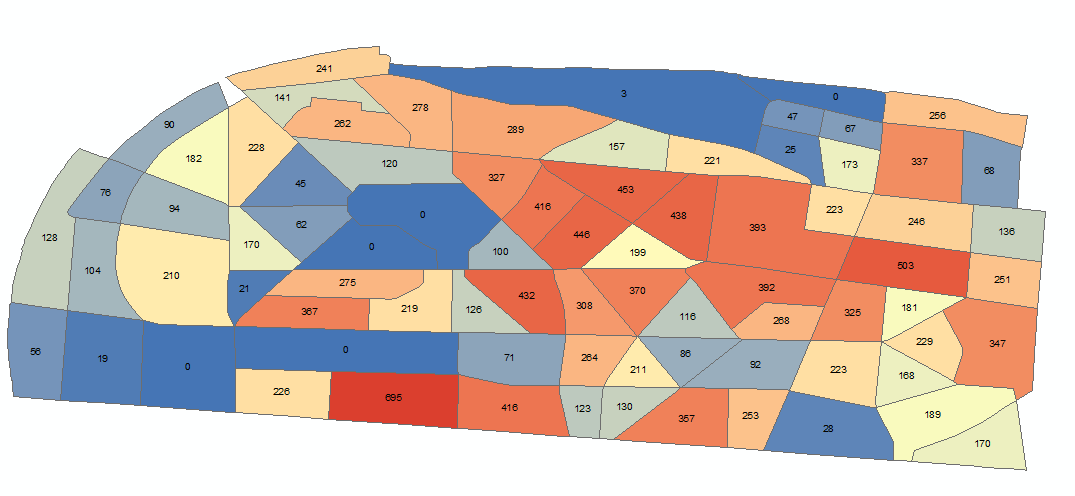I want to summarized the polygons (see picture) to bigger polygons.

The polygons should be summarized by their number in the middle to around 1000 (+- 100).
At the End there are a lot of polygons with a number around 1000.
I want to summarized the polygons (see picture) to bigger polygons.

The polygons should be summarized by their number in the middle to around 1000 (+- 100).
At the End there are a lot of polygons with a number around 1000.